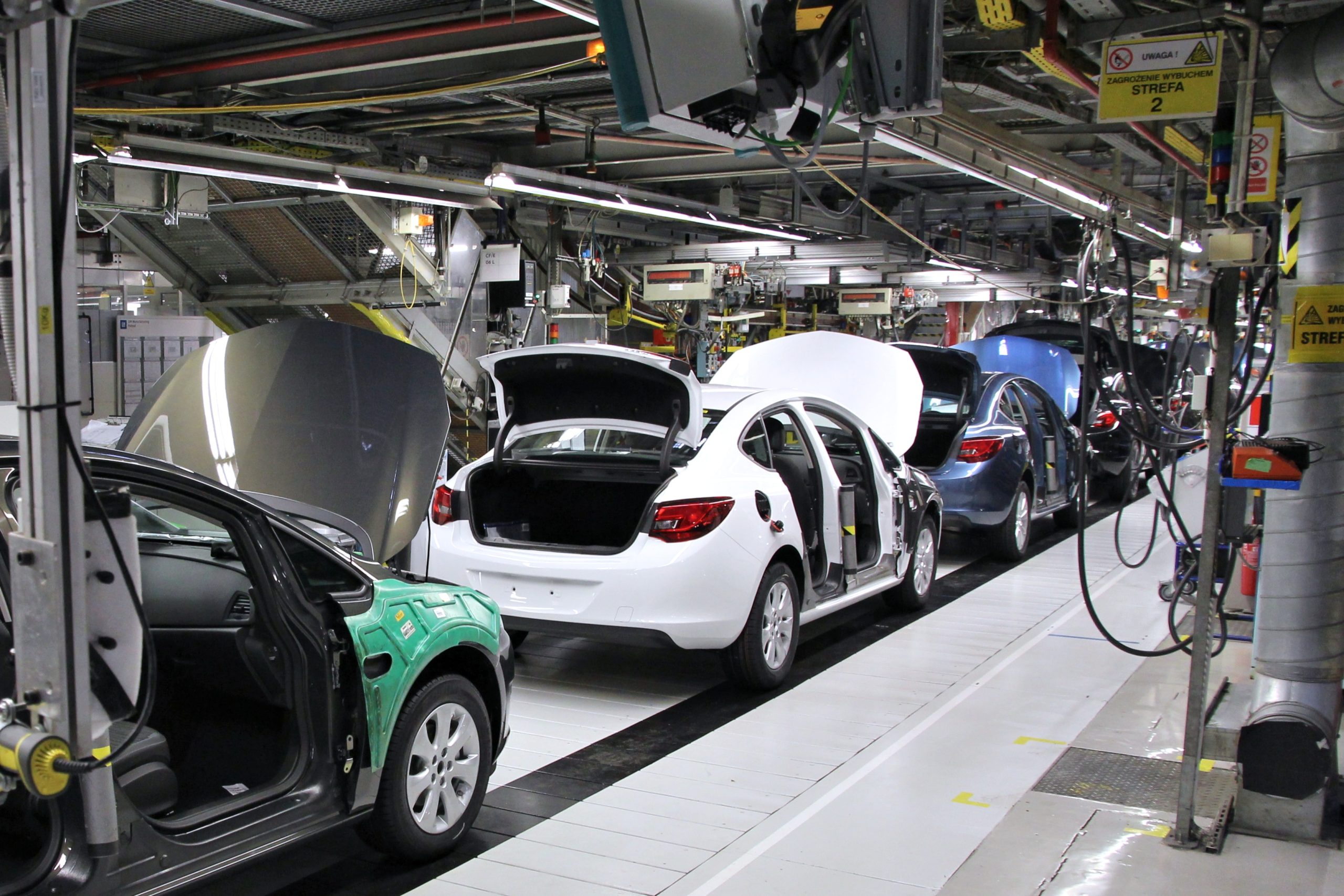International automakers, facing a decline in market share to domestic competitors in China, have significantly increased their exports from the world’s largest auto market, constituting more than 20% of the country’s total vehicle exports in the previous year, according to industry data.
China is believed to have surpassed Japan in 2023 to become the world’s leading auto exporter, largely driven by the impressive performance of agile local companies like Chery, SAIC, Geely, and BYD.

Despite the dominance of local players, 18 foreign brands, spearheaded by Tesla, exported a total of 910,000 cars from China in the same period, contributing to 22% of the overall 4.1 million units of Chinese car exports, as reported by the China Association of Automobile Manufacturers (CAAM).
Tesla, in particular, played a significant role, exporting 344,000 electric vehicles (EVs) from its Shanghai facility – its largest global factory – to various regions, including Asia, Europe, Australia, and New Zealand.
Leading the way in exports were also traditional giants like Ford Motor and General Motors, with their combined exports experiencing a notable 21% increase compared to the previous year.
In response to the shifting landscape, legacy foreign brands are adapting their strategies in China to emphasize and enhance their export capabilities. For instance, Ford exported a substantial 69% of its Territory SUV, designed specifically for the Chinese market, in the preceding year.
South Korea’s Kia Corp demonstrated remarkable growth in its China exports, more than doubling the figures from the previous year, redirecting the majority of its China-produced vehicles to international markets. Additionally, Japanese and German brands also expanded their export activities from China.
This shift in focus toward exports underscores the evolving dynamics in the global automotive industry as both local and international players adapt to changing market trends.

